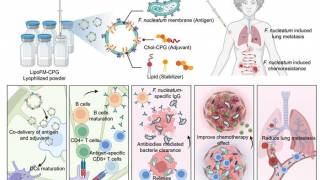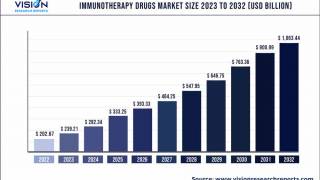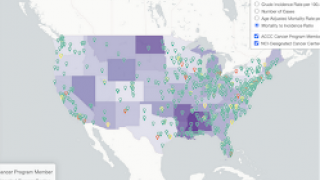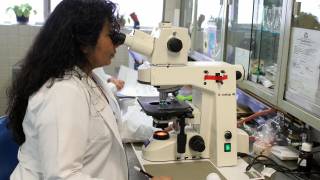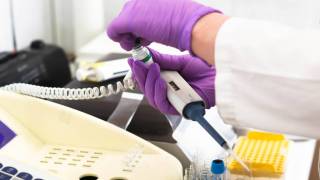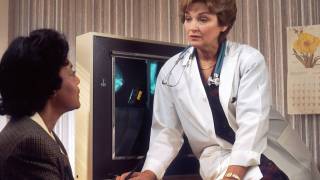6.2% of NYC Teenage Women Report HPV in the Oral Cavity

A new study’s findings suggest that the detection of Human Papillomavirus (HPV) in the oral cavity is not uncommon in sexually active, female teenagers in New York City.
Overall, HPV DNA was detected in the oral rinse samples of 6.2 percent of these women.
The good news from this study published in JAMA on October 25, 2019, was a significant decrease in the detection of HPV vaccine types (HPV-6, HPV-11, HPV-16, and HPV-18) in the oral cavity among the women who had received at least 1 dose of the quadrivalent HPV vaccine at the time of study enrollment.
This study’s findings are based on 1,259 participants, with about 92 percent reported having had oral sex, with the 1st sexual activity just over 14 years of age.
From an ethnicity perspective, these study participants from the Bronx, NY, were about 50 percent of African American descent, and 45 percent were of Hispanic descent.
This news is very important since HPV is the most common sexually transmitted infection in adolescent and young adult women and is responsible for the development of almost all cervical, anal and oropharyngeal cancers.
Moreover, recent reports indicate that from 1988 to 2004, oropharyngeal cancers increased more than 200 percent in the United States.
In a related JAMA editorial, written by Rachel A. Katzenellenbogen, M.D. and Kenneth H. Fife, M.D., Ph.D., additional study insights are identified, which are excerpted below:
This study answers 4 important questions:
1. Do sexually active adolescent girls and young women have detectable oral HPV?
- These study authors found that, yes, the study participants who attended an urban, free adolescent clinic had oral HPV, because 6.2% of their oral rinses had HPV types that can cause mucosal infections.
2. If so, how long does it take for oral HPV to be cleared?
- The participants overall quickly cleared their incident oral HPV.
3. Is oral HPV associated with HPV in other anatomic sites?
- Yes, detectable cervical HPV was associated with oral HPV, linking HPV at the cervix as an indicator of future detection of HPV in the oral cavity.
4. In this NYC female population, is vaccination with the quadrivalent HPV vaccine associated with reduced prevalence of oral HPV?
- Yes, if the participants had received at least 1 dose of the quadrivalent HPV vaccine, they had a lower risk of oral HPV than those who were fully unvaccinated.
These findings are important to examine more closely, said this editorial.
The oral HPV prevalence rate reported by Schlecht et al matches recent data for oral rinses in adults and demonstrates that their participants’ exposure rates to HPV were typical of large clinical cohorts, and not unique to a single urban clinic site.
Also, when incident detection of oral HPV did occur, the participants were able to clear it quickly.
Almost none had oral HPV that remained for more than 12 months, and this trend also prevailed longitudinally.
When determined according to years since first sexual activity, the longer a participant had been sexually active, the lower her odds of having oral HPV detected.
With regard to the data on HPV vaccine efficacy in this cohort, the association was reported to be strong.
There have been multiple studies in adolescents who received the 3-dose HPV vaccine that demonstrates high-titer antibody responses to the HPV types included in the vaccine and the clinical protection against infection at anogenital sites.
However, to our knowledge, no other study to date has looked at the association between vaccination and clinical protection against HPV infection in the oral cavity, specifically in minority girls and young women.
This makes the findings of Schlecht et al even more critical.
Participants in this study who were vaccinated had fewer episodes of incident oral HPV DNA.
Adding to the robustness of this finding is that these data extend from participants who mirror an intention-to-treat, rather than a per-protocol, cohort in clinical trials.
Other studies have shown these links between cervical and anal infections and disease, and now the study by Schlecht et al associates cervical HPV detection with oral HPV detection, although not yet with the disease.
Few prevalence or prevention data on oral HPV have been collected among minority adolescents, especially those who live in urban areas, making the study by Schlecht et al very important.
Recent HPV vaccine news
- Does HPV Vaccine Reduce HIV-Positive Men Oral Cancer Risks?
- 2 or 3 HPV Doses, Which is Best For Women?
- ‘Presumptive Style’ Increases HPV Vaccination Rates
However, there are limitations that should be noted, such as the study was conducted at a single clinical site in NYC.
And, this study was of women only.
The risk of HPV-associated head and neck squamous cell carcinoma is much higher among men than among women; some estimates are for every woman, 2 to 5 men receive a diagnosis.
With that in mind, we do not know the oral incidence, prevalence, and clearance of HPV in adolescent boys and young men in general, let alone those who are part of a minority group.
Do men have a greater risk of oral HPV acquisition or a poorer clearance of infection?
Without a clear answer, this study offers the groundwork to study HPV in males and, if similar findings are noted, provide yet another reason to vaccinate adolescent boys and young men against HPV.
In comparison with previous studies, these researchers observed no association between the likelihood of HPV detection in the oral cavity and the number of oral sex partners, vaginal sex partners, or both. This may be owing in part to the lack of a reference group of individuals who had not engaged in sexual activity in our study cohort.
The New York State Department of Health is engaged in a variety of outreach activities to improve HPV vaccine awareness and uptake across the state and reduce the burden of HPV-related cancers and disease.
The Department has utilized a multimedia approach to educate the public about HPV vaccine to improve uptake.
Although HPV-related cancers represent only a small percentage of the entire cancer burden among New Yorkers, over 2,000 people continue to develop HPV-related cancers each year, with 60 percent of whom are women.
The HPV vaccine is not recommended for pregnant women and should not be given during pregnancy. If a woman is found to be pregnant after starting the vaccination series, she should wait to finish the series until she is no longer pregnant.
There are 3 HPV vaccines that are now being marketed in many countries throughout the world - a bivalent, a quadrivalent, and a nonavalent vaccine.
All 3 vaccines are highly efficacious in preventing infection with virus types 16 and 18, which are together responsible for approximately 70 percent of cervical cancer cases globally.
The CDC’s Advisory Committee on Immunization Practices recommends HPV vaccination with Gardasil 9 for all boys and girls at age 11 or 12, and for people through age 26 if they weren’t already vaccinated.
However, some adults age 27 through 45 years who are not already vaccinated may decide to get the HPV vaccine after speaking with their doctor about their risk for new HPV infections and the possible benefits of vaccination.
HPV vaccination in this age range provides less benefit, as more people have already been exposed to HPV.
Children who start the HPV vaccine series on or after their 15th birthday need 3 shots given over 6 months, says the CDC.
>> Gardasil 9 vaccine discounts <<
A goal of Healthy People 2020, a U.S. government-led initiative to improve the health of all Americans, is to reach an 80 percent vaccination rate for HPV by the year 2020.
These researchers and editorial authors did not disclose any conflicts of interest.
HPV Vaccine news published by Vax Before Cancer.
Our Trust Standards: Medical Advisory Committee
- Risk of Oral Human Papillomavirus Infection Among Sexually Active Female Adolescents Receiving the Quadrivalent Vaccine
- Young Women and Oral Human Papillomavirus—Vaccination Is Associated With Protection
- Healthy People 2020: Immunization and Infectious Diseases
- CDC: When Should My Child Get the HPV Vaccine?
- HPV-Related Cancers and HPV Vaccination Rates in New York State
- NYC Health: Human Papillomavirus (HPV)



